Welcome to How to be a Teacher. I believe every educator should have instant access to inspiration and experience. That’s why I share what I learn from my closest colleagues, whose 70+ years of experience I benefit from every day.
Below is my latest piece on how prioritising the integration of a new, non-native speaker in my classroom has led to them being a vital part of our team.
The best way to find yourself is to lose yourself in the service of others - Ghandi
I’ve done a thing.
At the start of the academic year, I wrote about a new-ish student to our school who had limited English. Speaking and listening were ok but reading ability in English almost non-existent.
I paired this non-native individual (let’s call them Hodor for reasons that will become clear in a mo) with another (let’s call them Billy, after the funniest man I believe ever to have lived on account of this student being equally hilarious). The new kid and the funny guy… did it work?
Here are two posts I wrote about teamwork. The focus was Hodor and helping integrate them into the class. And, as you’ll see at the end of this post, it’s worked.
Hodor and Billy started well. Billy was supportive of the things Hodor didn’t quite grasp. Hodor was able to keep up in lessons that involved less writing and reading as a result of Billy’s interventions. But it didn’t last forever.
They had their differences so I decided to move some of my students around, including them, to try and get the most out of their learning time.
Hodor has since been sitting with one of their closest friends (who, because of this friendship, I shall call Bran). Bran and Hodor have been great: Hodor’s reading is steadily improving and placing them together has enriched Bran’s time in the classroom. Bran has also shone under the spotlight of responsibility. Good choices all round.
And, this week, Hodor had their moment to return the favour to Bran.
Gallery walk
Art Week. Henry Moore- style sculptures and pastel drawings.
For reference, here are two popular Henry Moore works. He is celebrated for his rounded, featureless human figures and pastel drawings of the London Underground during Blitz bombing raids in WW2.
And here are some of the children’s works. What do you think?
But this story isn’t about art. It’s about something else entirely.
At the end of Art Week, parents come into the classroom to take a look at their children’s creations. It’s a wonderful moment of teacher-parent collaboration in celebrating the work we’ve created and a great relationship builder.
It’s also a moment where I felt magic happen.
A helping hand
Bran is a student who is almost always smiling, who laughs all day and who brightens the classroom. Understandably, they also have the odd funk – a moment of discomfort where the walls go up and nothing can break through. We all have them.
And it’s in these moments when we need a friend like Hodor.
Bran’s parents came to see their work while he was feeling low. Celebrating their work became impossible and they were missing out on the opportunity to show off what they’d created. When parents come into class so infrequently, it made for a really sad moment – a potentially missed opportunity for Bran to shine.
Enter Hodor.
Hodor stepped before Bran’s parents and showed off Bran’s work on their behalf. Hodor talked about when Bran had learnt about Henry Moore and the settings of his famous works. Hodor demonstrated the techniques Bran had used to create their drawing, grabbing a piece of charcoal, a pastel and a sheet of paper to show what we did.
And not for a single second did Hodor try to show off their own work. Not one. All Hodor cared about was their friend and doing everything they could to improve their situation.
Hodor held the door, thinking only of others.
To stand up and do that, to have the confidence to speak about such complex things in a language they’re still working on, surrounded by infinitely more confident speakers…
I welled up so hard I had to walk away before I became a blubbering wreck in front of 25 parents.
The best way to find yourself is to lose yourself in the service of others.
I think we’ve found who Hodor really is.
So, what have we learned?
One of my pillars of education is this quote:
If children don’t feel like they belong at school, they’ll go and find a sense of belonging somewhere else
At the beginning of the year, Hodor’s sense of belonging was my priority. He’d been at the school a few months but hadn’t made any strong friends and was being held back by limited English. I have since learned that in their home country, Iraq, their education wasn’t what one might have hoped, either.
So, before achieving anything else with them, I tried to show them that they belong.
I partnered them with a student who was a natural leader and well-placed to teach them new things.
I’ve since let them sit with friends in class.
I’ve fought to make sure they get as much help with phonics and that their challenges are recognised.
And it’s all making a difference.
If you have a new student, start there - their sense of belonging. Foster friendships. Find their strengths. Let them shine in whatever small way they can.
Before you know it, they’ll be shining the light on others.
Your turn
Making children feel like they belong at school when they need it most is one of the most powerful things a teacher can do. How have you fostered a sense of belonging in your classroom? Tell me in the comments.


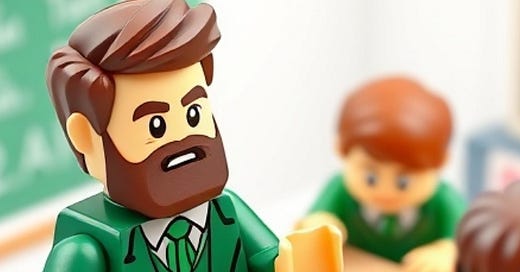




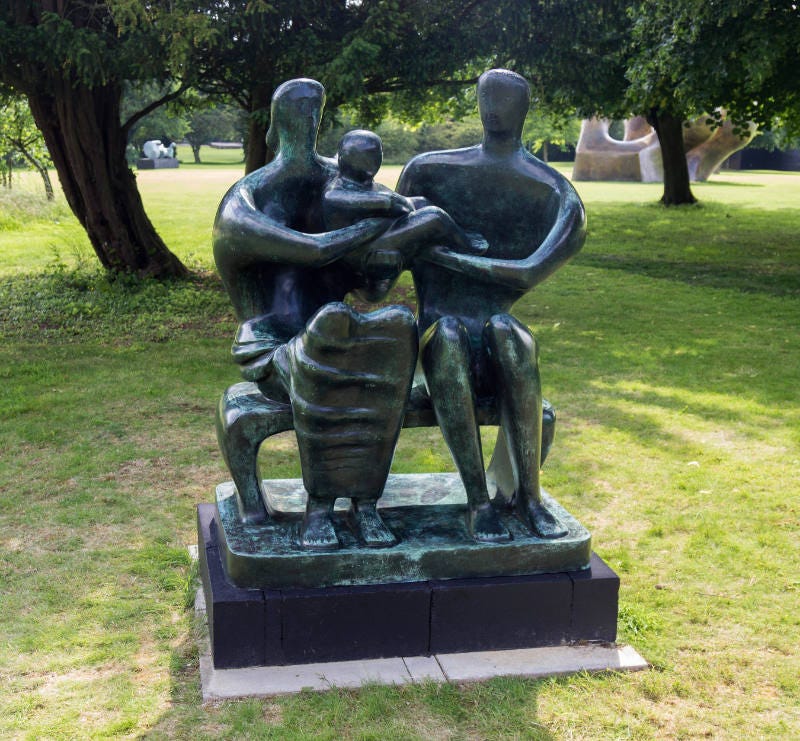
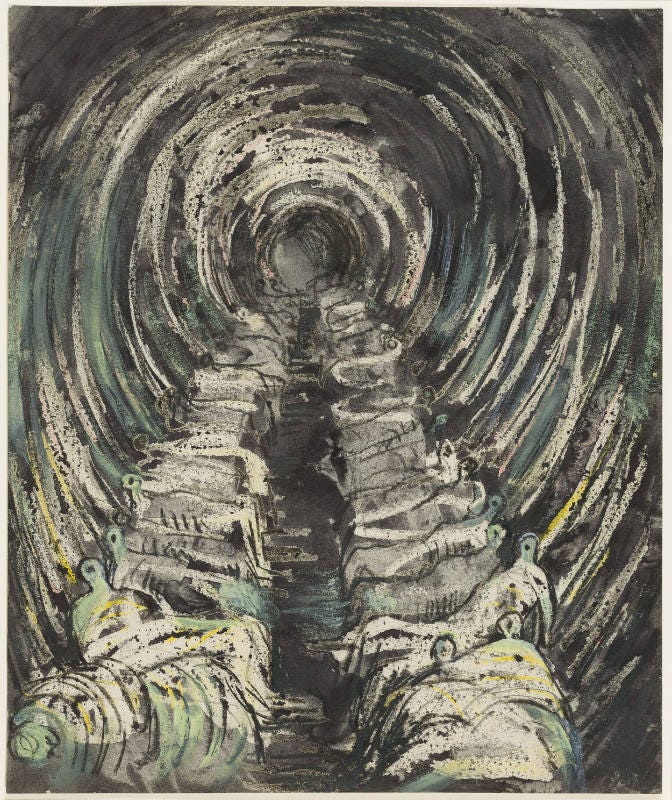
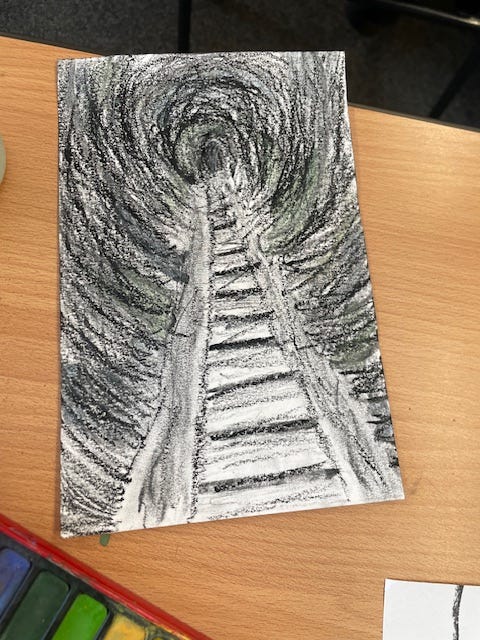
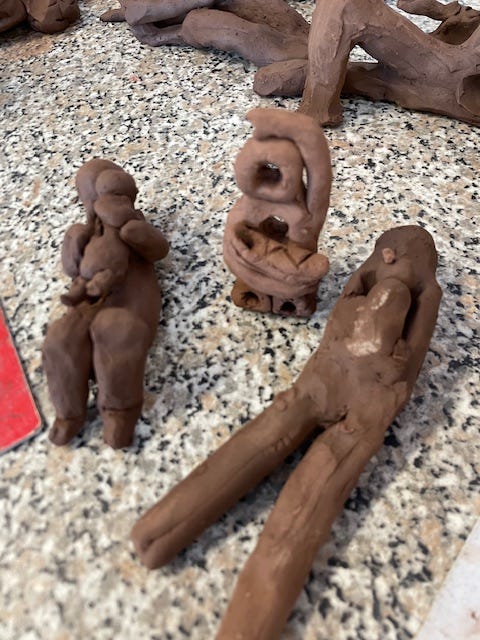
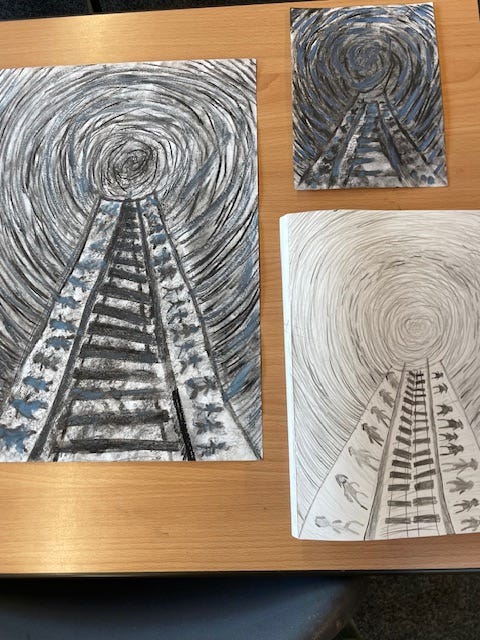
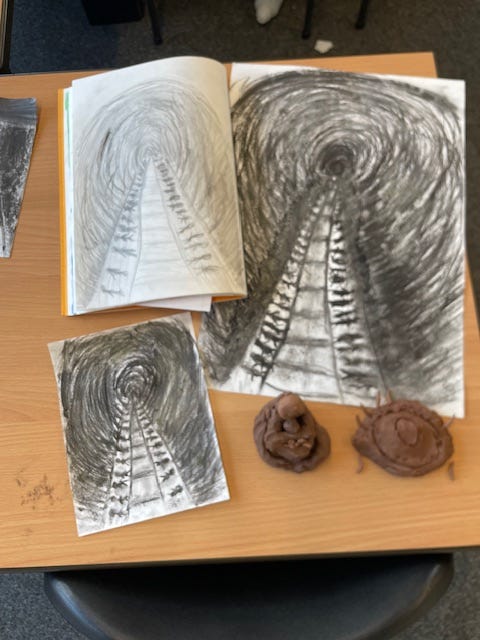
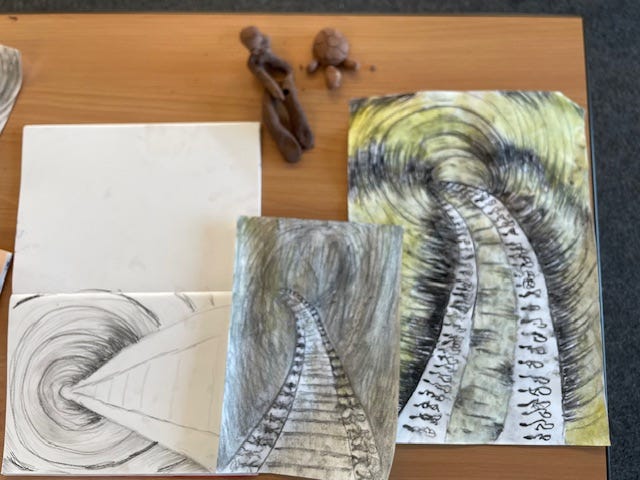
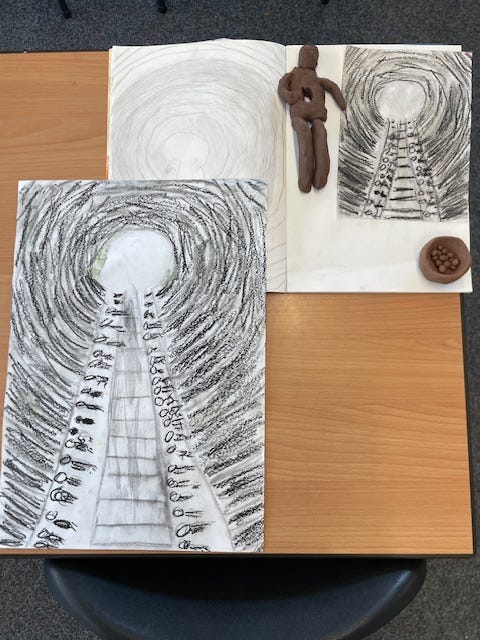

Wonderful story. I would have found it hard to hold it together, too. And I love those Henry Moore tributes. Fantastic learning all round!
This is so inspiring. It shows how fostering belonging transforms lives. Such a good piece.